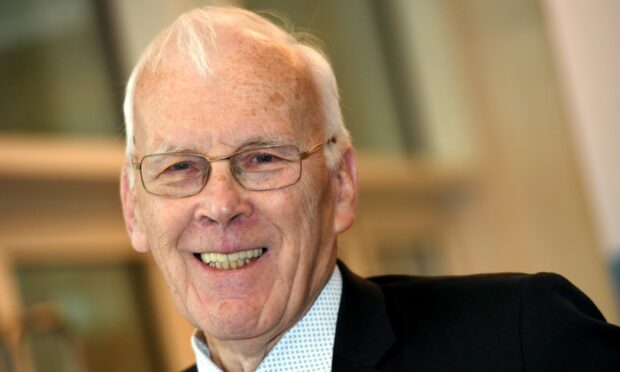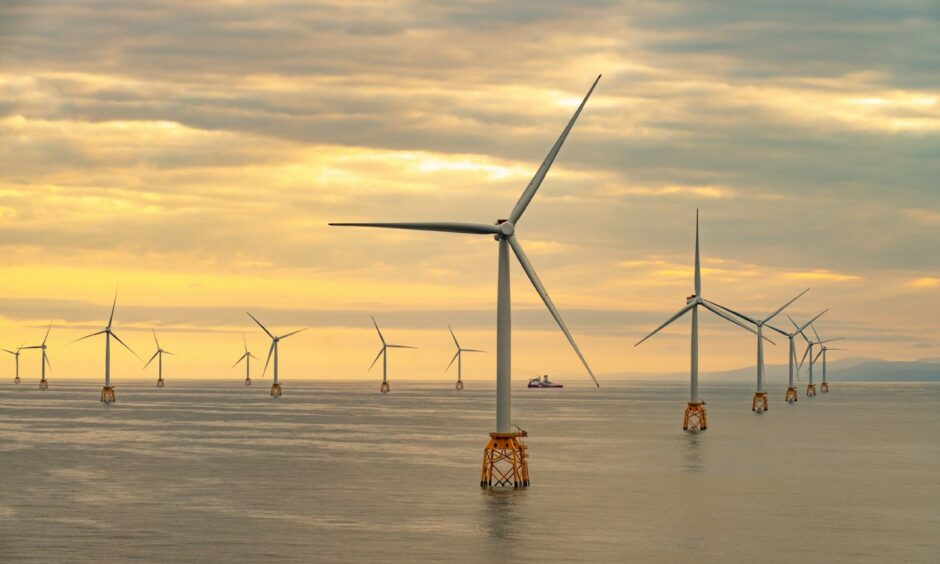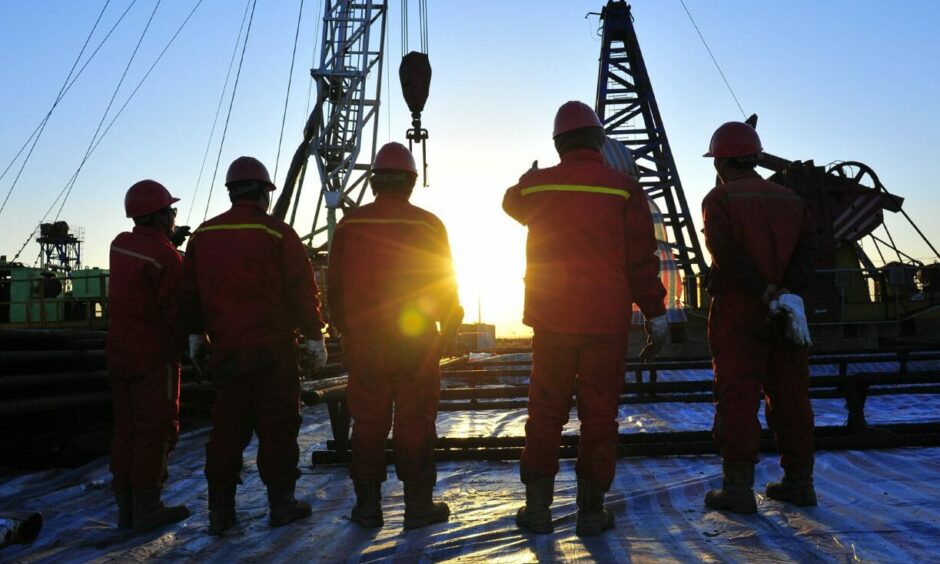The key objective in tackling the climate emergency is to achieve overall net zero by 2045-2050 and that’s what we must focus on right now – and we can do it.
To achieve this, we cannot simply turn off the oil and gas industry and expect the renewables industry to instantaneously take up the slack.
This is not a binary decision of choosing of one over the other.
Low carbon jobs and technologies simply aren’t available at scale just now, but with the right support and investment they will be in the future.
‘Just transition’
It is transferring 50 years’ experience of a world-class oil and gas industry- jobs, infrastructure and know how – that will ensure our green energy industry is equally world-class.
A just transition must include protecting jobs, continuing to meet our energy requirements, contributing significantly to economic growth and meeting net zero.
We will do this by supporting our oil and gas industry AS PART of energy transition. Not excluding it.
We need a huge drive in the new energy industries – conversion of gas to hydrogen, carbon capture and storage and clearly accelerating the huge potential in our offshore wind resources.
The reality is cutting back on our oil & gas production prematurely will simply result in growing imports which will have a higher carbon content than ours because we’re doing everything we can to cut back on our carbon emissions.
In addition, oil & gas currently supports more than 71,000 jobs across Scotland, contributes £19.4bn of GVA to the Scottish economy.
Cutting back in oil and gas will just result in a huge loss of jobs and real damage to our balance of payments.
The oil and gas industry working alongside the renewables industry will help develop the technology and we’ll be in a much better position to help other countries internationally as they fight their battle to get to net zero.
Our focus must be on accelerating the development of carbon capture and storage and our renewables, particularly offshore wind, with every chance that by 2060 we can take the decision to stop oil & gas which will be well on the way to depletion and turn our supply chain attention on to international opportunities to help eliminate carbon.
Energy transition zone
We are on the cusp of something truly transformational for our region.
The Scottish and UK Government’s backing for the Energy Transition Zone the North Sea Transition Deal (NTSD) and the announcement of the £500 million Just Transition Fund – is recognition they share our belief in this region’s potential to contribute massively to our country’s economic output, energy requirements and net zero ambition.
With an orderly and just transition, we can do precisely that.


